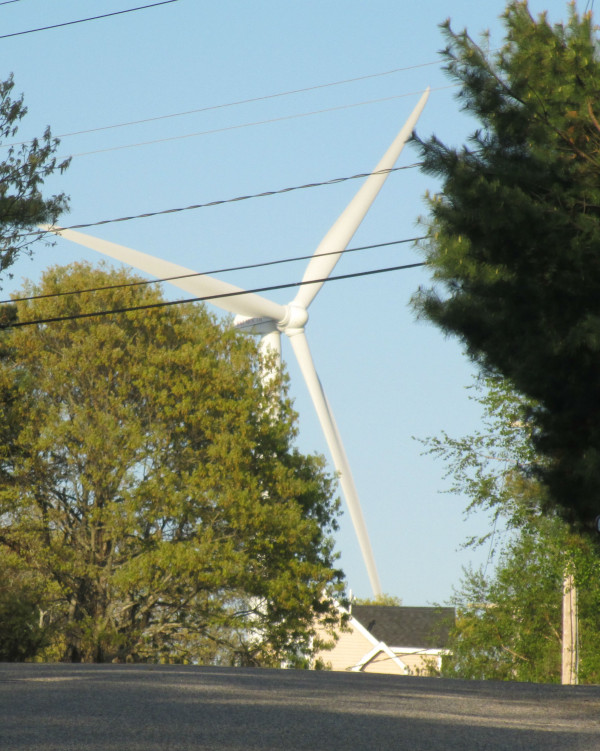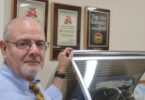FALMOUTH – Windmill, or industrial-sized turbine? Words matter. That was the first lesson I learned.
Almost two years ago, for a few weeks before the turbine known as “Wind 2” was about to be turned on, I began what I had hoped would be a book project on the Falmouth Wind Turbines. The project, unfortunately, had to be canceled. I opened a beer, and followed the story in the local newspaper and on cable access television.
I soon discovered a new TV show about the turbines, The Falmouth Selectmen’s Meeting. It had everything – great characters, drama, and incredible plot turns. I made popcorn.
And then astonishingly, what I had guessed might happen was actually happening. The selectman recommended that Falmouth be the first community in the United States to put up turbines, and then take them down.






























